The article “Buried Beneath the Sand, The Ziggurat of Jiroft May be Largest and Oldest of its Kind in the World” by DHWTY was originally posted on the Ancient Origins website. The version printed below has slightly edited from its version version in Ancient Origins. Kindly note that four of the images and accompanying captions do not appear in the original Ancient Origins posting.
For readers further interested in this topic, kindly consult:
=======================================================
The Ziggurat of Jiroft, known also as the Konar Sandal Ziggurat, is an ancient monument located in Jiroft in the southern Iranian province of Kerman, a place that some say is Iran’s cradle of civilization. This ziggurat was discovered in 2002, and it has been reported that it is the second ziggurat to be found in Iran, the first being the Chogha Zanbil Ziggurat. According to some sources, the Ziggurat of Jiroft is the largest and oldest structure of its kind in the world.
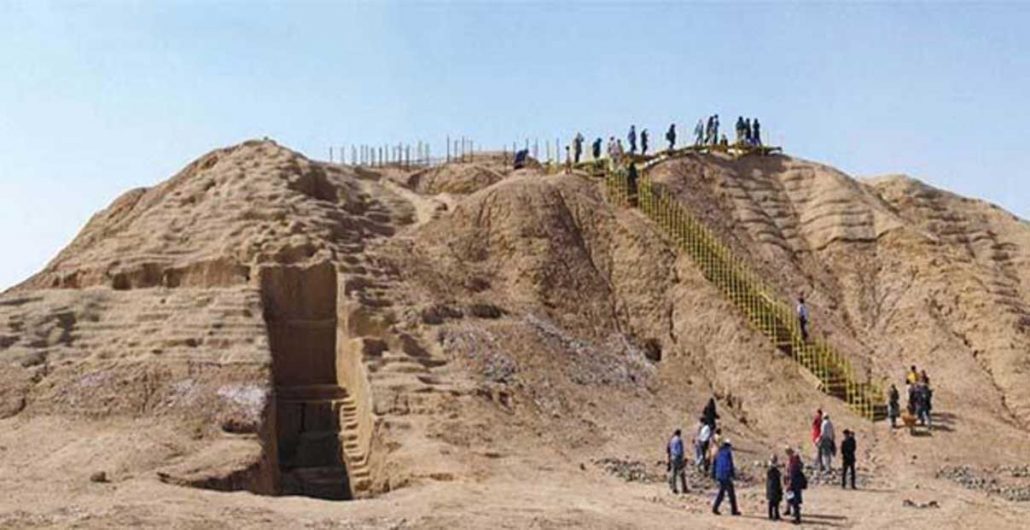
The excavation at Jiroft’s Konar Sandal (Source: Ancient Origins and public Domain).
The word ziggurat may be translated as ‘temple-tower’, and is a structure consisting of several levels, the topmost of which was probably a high temple. Ziggurats are most commonly associated with the Mesopotamian civilization, which today roughly corresponds to most of Iraq plus Kuwait, and the eastern parts of Syria. Nevertheless, some of these monumental structures have also been found in the western part of Iran. One of the ways of distinguishing between Mesopotamian and Iranian ziggurats is the way these buildings were accessed. It has been pointed out that in the former, the structures were accessed by an external flight of stairs. On the other hand, the ziggurats in Iran were accessed by ramps.
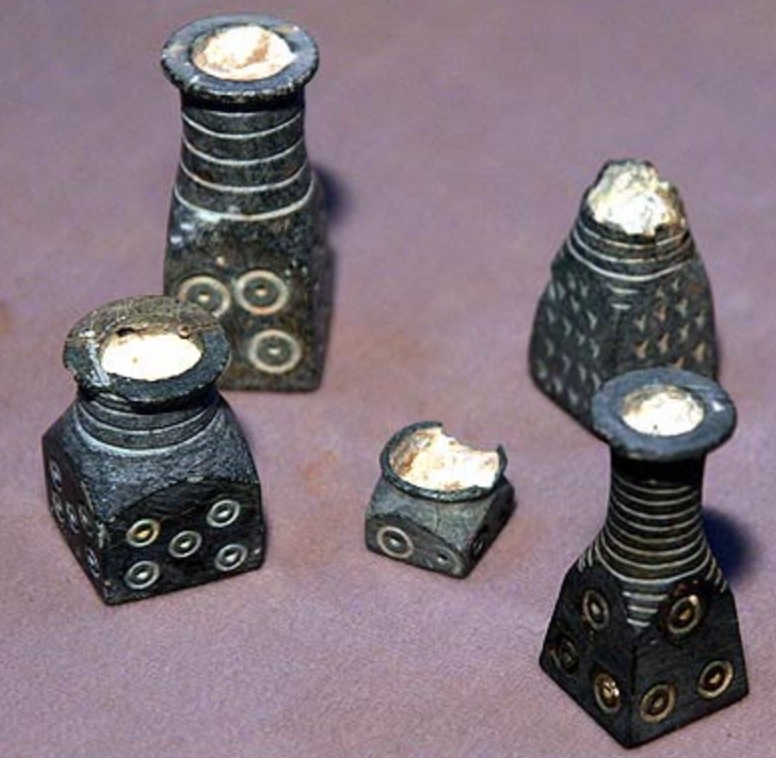
Possible pieces of an ancient game at Jiroft (Source: Hamid Sadeghi – Mehr News Agency & Payvand News). For more see …”The Ancient Civilization of Jiroft”…
In Iran, the best known ziggurat is Choga Zanbil, which is located along the River Dez in the southwestern Khuzestan province. This ziggurat was discovered in 1936, and was inscribed in the UNESCO World Heritage List in 1979. It has been dated to around 1250 B.C., and until 2002, it was the only ziggurat known to have survived in Iran.
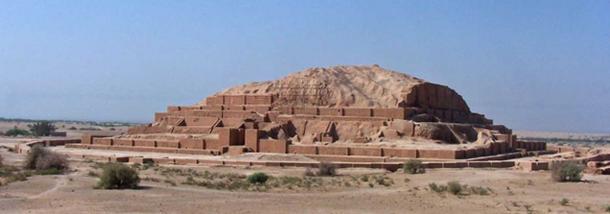
Ziggurat of Choga Zanbil, Iran (Source: Sebastià Giralt in Ancient Origins).
Two mounds have been excavated in Jiroft, a town 230 km to the south of Kermna, the capital of the Kerman province. These two mounds are separated by a couple of kilometres from each other, and have been designated as sites ‘A’ and ‘B’. The excavation of site B revealed a two-story citadel with a base covering an area of 13.5 hectares. Surrounding this structure were the remains of a wall 10.5 m in thickness. These findings suggest that the structure had once been a fortified building.
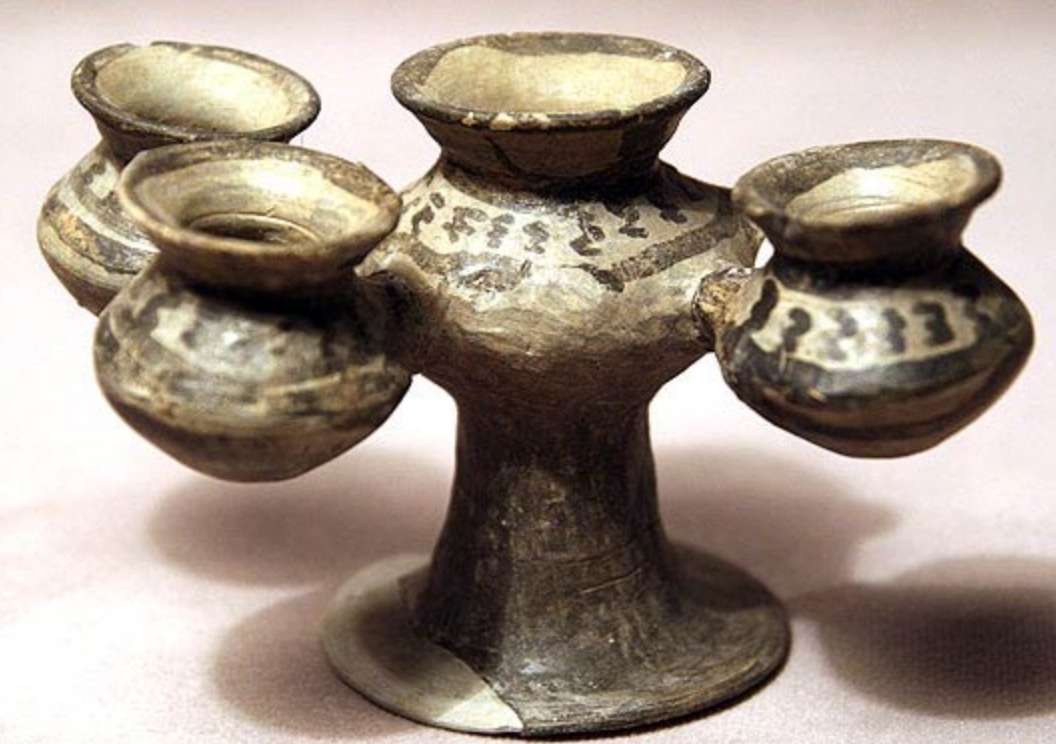
Possible Candle holder or incense burner from Jiroft (Source: Hamid Sadeghi – Mehr News Agency & Payvand News). For more see …”The Ancient Civilization of Jiroft”…
At site ‘A’, on the other hand, a ziggurat-like structure, which consists of two levels, was unearthed. This structure has been measured to be 17m in height, 300m in both length and width at the base, and 150m on each side of the second level. This huge structure covered almost the whole of the mound. As this monument structurally resembles the ziggurats of Mesopotamia, it has been suggested that buried beneath the sand may be the oldest and largest ziggurat in the world.
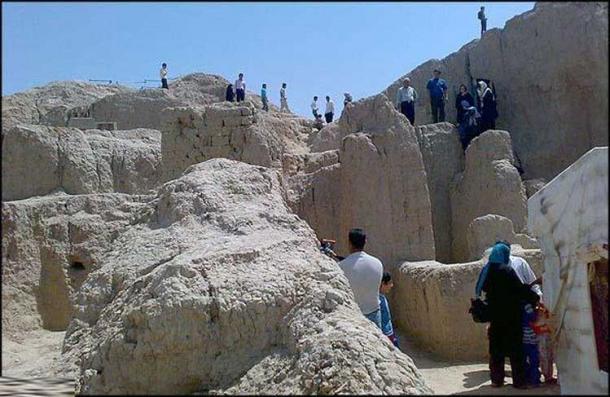
Excavations at the Jiroft mound (Source: Ancient Origins and public Domain).
It has been suggested that the ziggurat unearthed in Jiroft dates to around 2200 B.C. By comparison, the oldest ziggurat in Mesopotamia, the ziggurat of Ur, is regarded as having been built around 2100 B.C. by Ur-Nammu.
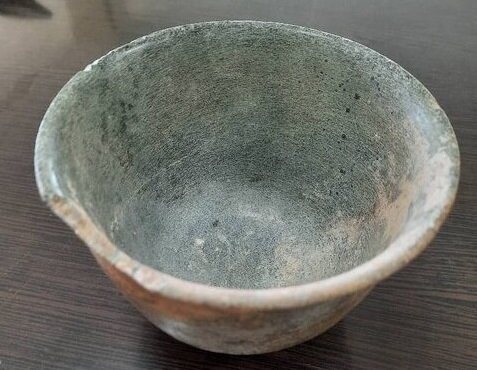
Stone bowl from Jiroft dated to the 3rd millennium BCE (Source: Tehran Times). The above bowl had been retrieved by the Iranian police who seized this from an authorized antique dealer in the city of Jiroft as per a report dated to February 26, 2022.
Some have also hypothesized that the ziggurat of Jiroft was built by the Aratta, a legendary Bronze Age kingdom whose existence has been attested in Sumerian texts. The precise location of this civilization, however, is unclear. For instance, whilst some scholars believe that Aratta was situated in what is today Jiroft, others have suggested that this legendary kingdom was located in Azerbaijan, Baluchistan or on the Persian Gulf.
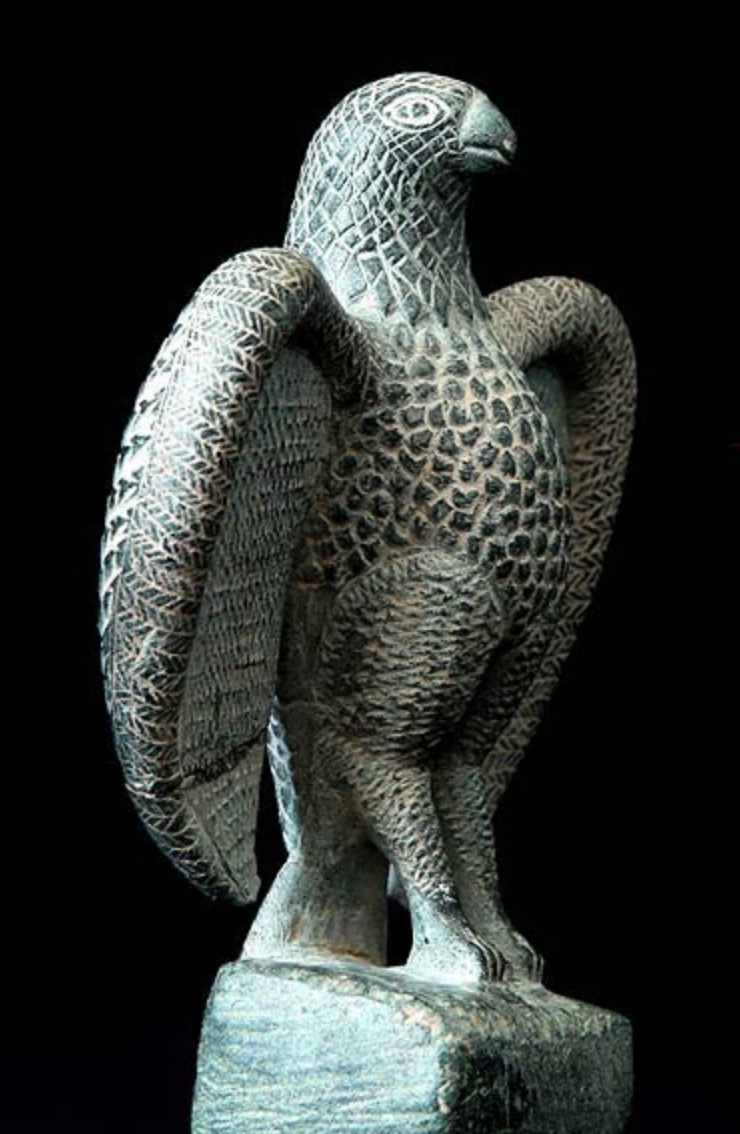
Falcon figure from Jiroft (Source: Hamid Sadeghi – Mehr News Agency & Payvand News). This type of depiction has proven surprisingly resilient in the cultures of ancient Iran, as seen for example with the falcon image on a Sassanian metalwork plate housed at the Hermitage Museum at St. Petersburg, Russia (Inv. S-217). For more see …”The Ancient Civilization of Jiroft”…
Apart from the location of Aratta, the age of the ziggurat has also been questioned. So far, the dating of the monument has been based on two small fragments that may be written inscriptions. Undisturbed material for radiocarbon dating, however, has yet to be found. It appears that the great mound in Jiroft has many more secrets to reveal.



